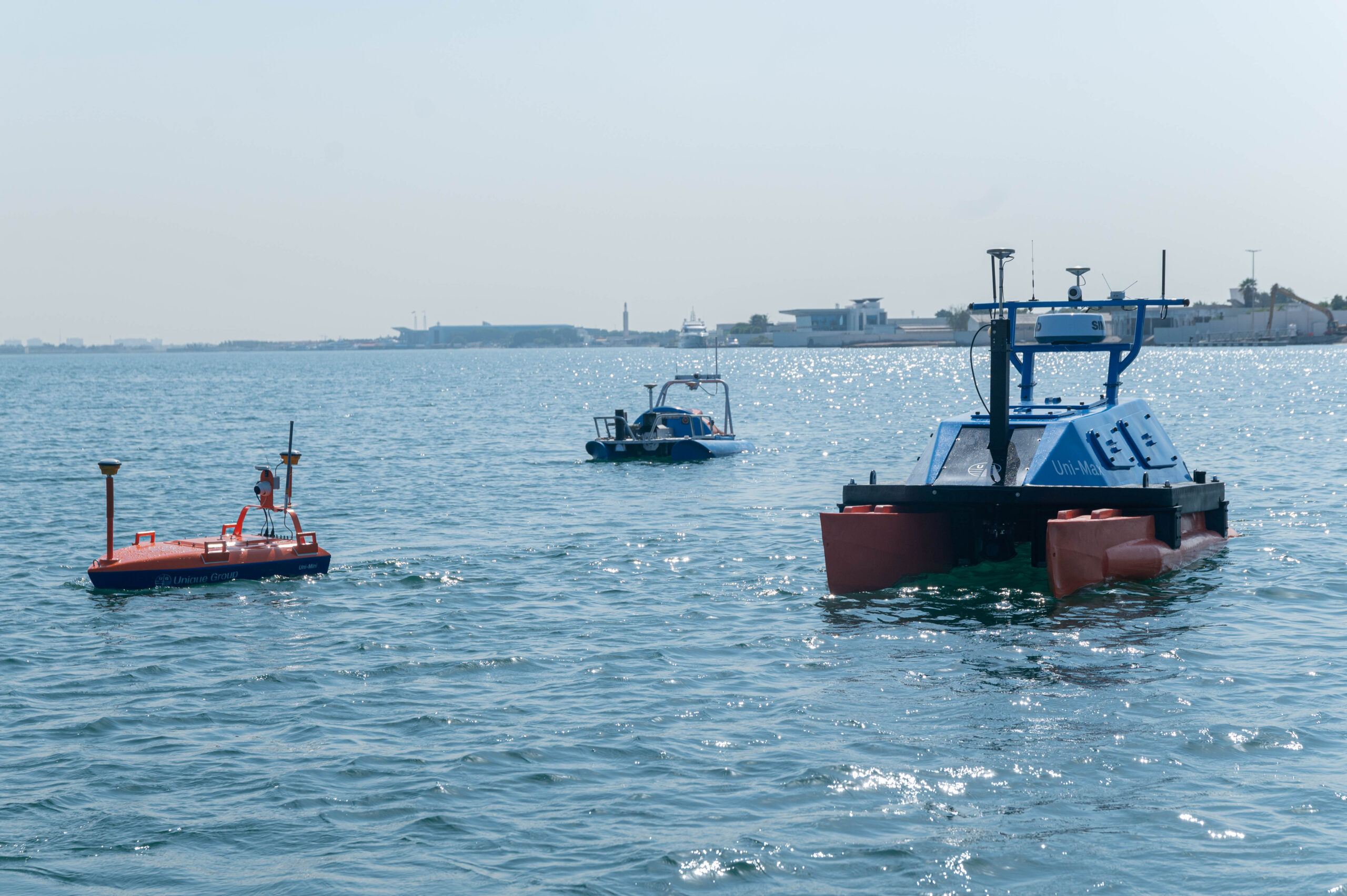Offshore decommissioning is a complex, multi-phase process that requires meticulous planning, specialized expertise, and adherence to stringent environmental and safety regulations. As offshore installations reach the end of their operational life, the decommissioning process ensures safe removal while minimizing environmental impact and restoring the seabed to its natural state.
- TL;DR - Quick Summary
The 7 Key Steps:
- 1. Planning & Regulatory Approval
- 2. Engineering & Risk Assessment
- 3. Pipeline Plugging & Abandonment
- 4. Topside Dismantling & Removal
- 5. Jacket Structure Removal
- 6. Complete Platform Removal
- 7. Monitoring & Final Reporting
Critical Success Factors:
- • Early regulatory engagement
- • Comprehensive risk assessment
- • Specialized equipment & expertise
- • Environmental protection priority
- • Continuous monitoring & reporting
Step 1: Planning and Regulatory Approval
Key Planning Activities:
- Detailed structural and environmental assessments
- Development of decommissioning methodology and timeline
- Risk assessment and mitigation strategies
- Stakeholder consultation and engagement
- Environmental impact assessment and monitoring plans
Regulatory Considerations
Step 2: Engineering Services and Risk Assessments
Comprehensive engineering analysis and risk assessment form the technical backbone of any decommissioning project. This phase involves detailed structural analysis, equipment selection, and safety protocol development.
Structural Engineering
- • Load analysis and lifting calculations
- • Structural integrity assessments
- • Cutting methodology development
- • Transportation feasibility studies
Structural Engineering
- • Load analysis and lifting calculations
- • Structural integrity assessments
- • Cutting methodology development
- • Transportation feasibility studies
Step 3: Plugging and Abandoning Offshore Pipelines

Pipeline Abandonment Process:
- 1: Isolation and Depressurization: Complete isolation of pipeline sections and safe pressure reduction
- 2: Cleaning and Purging: Removal of hydrocarbons and contaminants using specialized cleaning systems
- 3: Sectioning and Plugging: Strategic sectioning and installation of permanent plugs
- 4: Burial Assessment: Evaluation of pipeline burial depth and stability
Step 4: Topside Dismantling and Equipment Removal
Topside removal represents one of the most complex phases of decommissioning, requiring specialized heavy-lift vessels and precise engineering execution.
Regulatory Considerations
Step 5: Jacket Removal
Jacket structure removal requires specialized cutting techniques and heavy-lift capabilities to safely extract large steel structures from the seabed.
Step 6: Platform Removal and Serious Decommissioning

Step 7: Post-Decommissioning Monitoring and Final Reporting
Monitoring Activities:
- Seabed surveys to confirm complete removal
- Environmental monitoring and assessment
- Water quality and marine life impact studies
- Long-term monitoring program implementation
- Key Takeaways
For Project Managers:
- Start regulatory engagement 2-3 years before planned decommissioning
- Budget 15-20% of original installation costs for decommissioning
- Environmental monitoring continues 5+ years post-removal
For Technical Teams:
- Structural integrity assessments are critical for safe removal
- Weather windows significantly impact project timelines
- Specialized heavy-lift vessels require early booking
Bottom Line: Successful decommissioning requires 18-24 months of planning, specialized expertise, and continuous environmental stewardship.
Conclusion
Unique Group Expertise
Need Decommissioning Expertise?
Table of Contents
- Overview
- Step 1: Planning and Regulatory Approval
- Step 2: Engineering Services and Risk Assessments
- Step 3: Plugging and Abandoning Offshore Pipelines
- Step 4: Topside Dismantling and Equipment Removal
- Step 5: Jacket Removal
- Step 6: Platform Removal and Serious Decommissioning
- Step 7: Post-Decommissioning Monitoring and Final Reporting
- Conclusion
Stay Updated
About the Author
Marine Engineering Team
Technical Experts